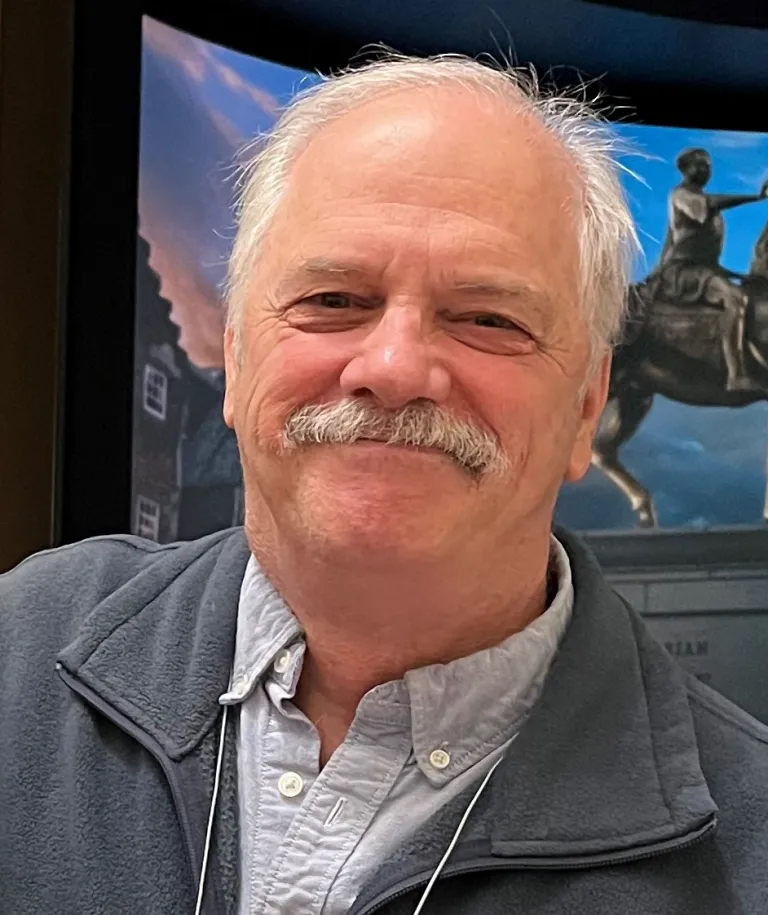Michael Polk, who graduated with a master's of arts in 1979, along with his co-authors, was recently recognized by the United States Department of the Interior for the publication of their book, “Rails East to Ogden: Utah’s Transcontinental Railroad Story.” The group received the DOI’s Environmental Achievement Award on behalf of their efforts to promote and preserve cultural resources including archaeological sites, historic buildings and landscapes.
“Rails East to Ogden” chronicles the history of the Transcontinental Railroad in Utah, specifically the now abandoned 87-mile portion of track converging at Promontory Summit. Originally a significant portion of the railroad, the location where efforts by Union Pacific and Central Pacific to unite East and West via rail culminated in 1869, the line was downgraded to a branch line in 1904 when a more straightforward cutoff route was introduced. The branch line was fully abandoned in 1942. The Promontory line is open to the public and managed by the Bureau of Land Management as a “Backcountry Byway” and is a great example of the preserved history of a former railroad operation.
Polk, a pioneer and veteran of the cultural resource management industry, has been interested in archaeology since his early college days, which developed into a more specific research interest in railroad history and anthropology with a specialization in archaeology. The career field had limited paths to take when he was first starting out, but after a number of years in college and a few field work stints, he found himself the co-owner along with his wife of his own cultural resource consulting firm.
Cultural resource management firms play a large role in protecting the balance between construction and development of new projects with preservation of important cultural sites and artifacts, including prehistoric and historic era resources. They contract with federal, state and local government agencies and with private development companies in industries such as oil and gas, mining, renewable energy, and construction. They study the prehistory and history of proposed project locations to better understand the cultural resources, and to sometimes help avoid their destruction or mitigate the effects to them through documentation and, sometimes, excavation and analysis. That helps projects proceed and enhances our knowledge of the past. It also often protects important resources in our society.
To read more, visit the Department of Anthropology website.
